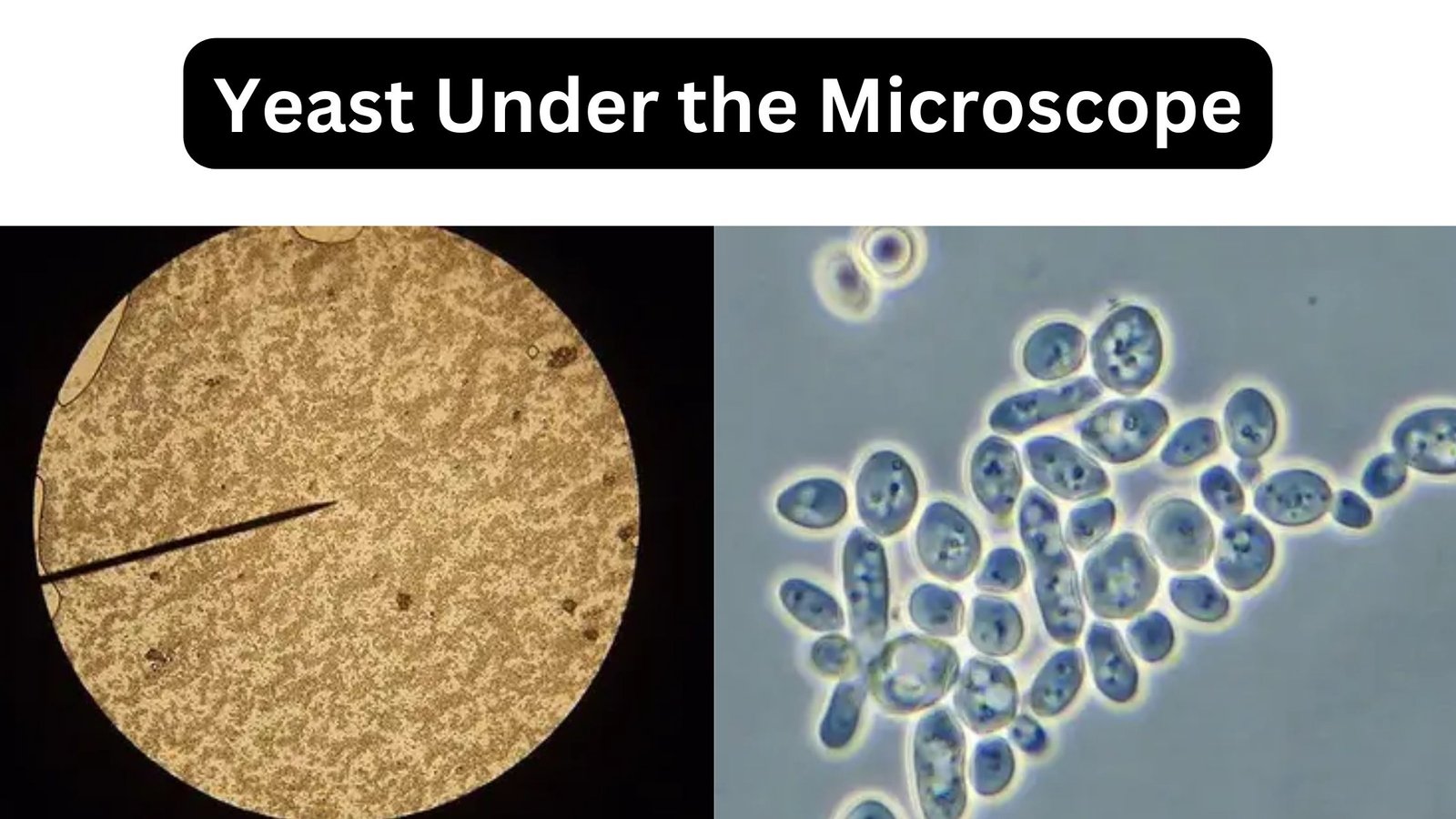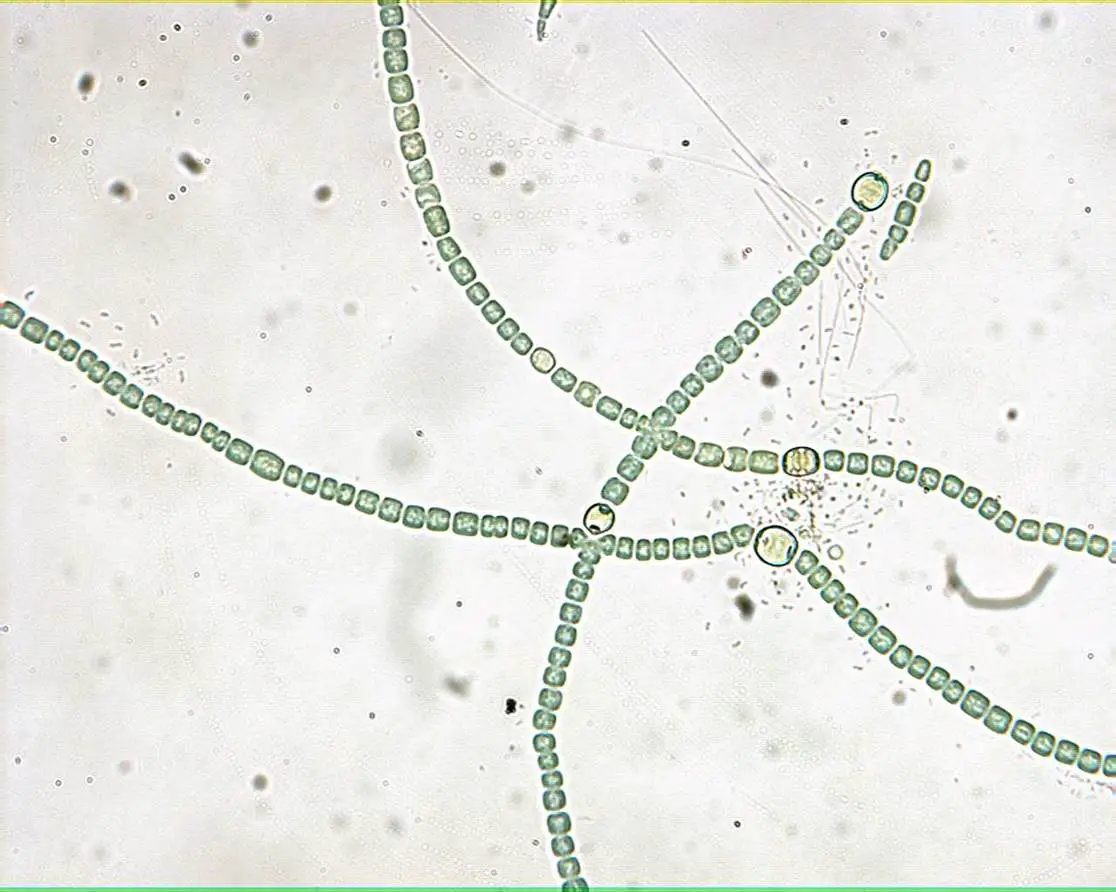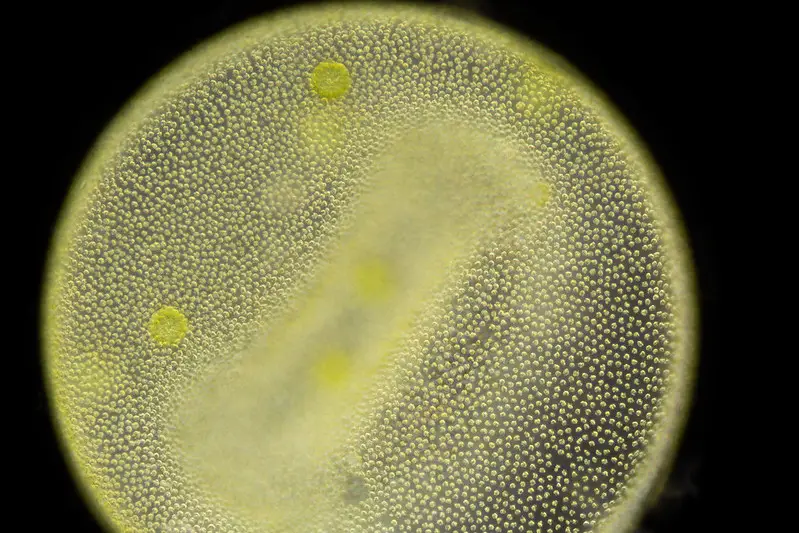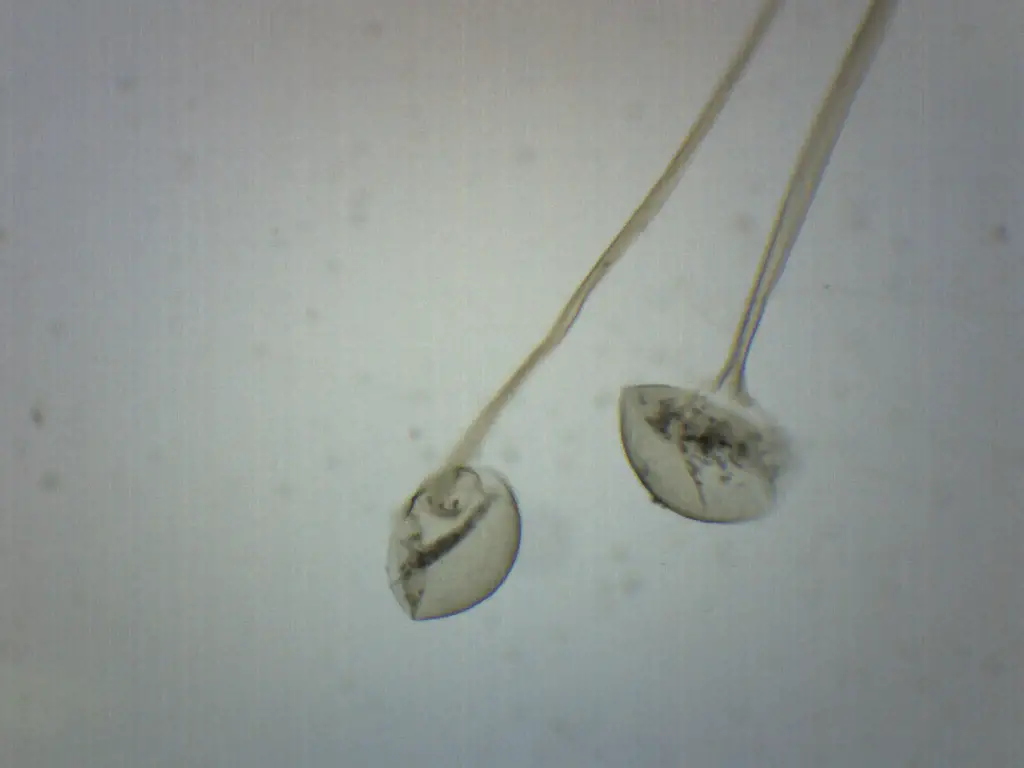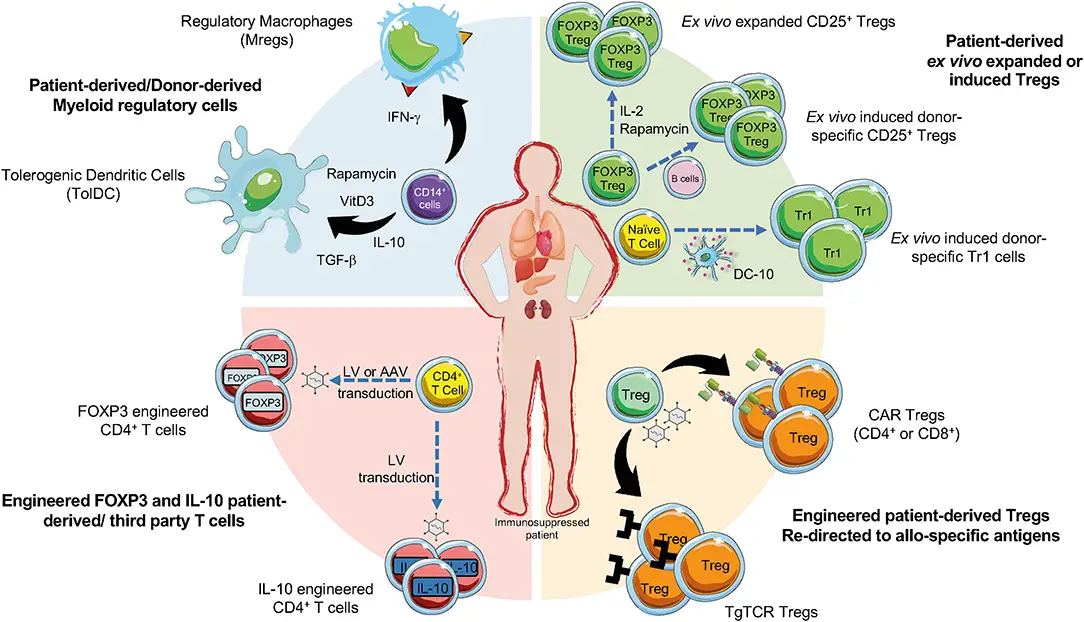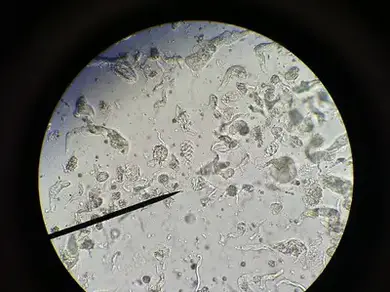Types of Research
What is Research? Research refers to the systematic investigation, study, or inquiry conducted to discover new knowledge, expand understanding, solve problems, or validate existing theories. It is a process of gathering information, analyzing data, and drawing conclusions to contribute to the body of knowledge in a particular field. Research typically involves the following key elements: … Read more




